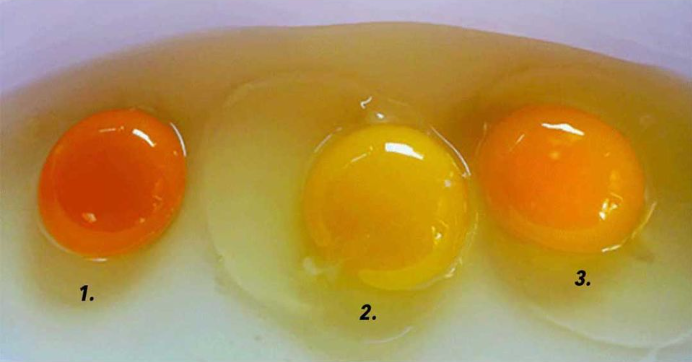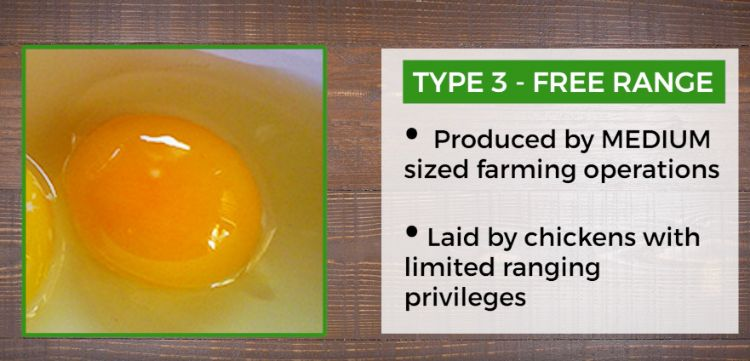Next time you crack an egg, don’t just focus on avoiding a double yolk. Take a moment to check the color of the yolk—it might tell you more than you think about the egg’s origin and nutritional value. The yolk’s color is directly linked to the hen’s diet, and understanding this can help you choose the healthiest eggs.

What Yolk Color Reveals
The color of the yolk isn’t random; it’s shaped by the hen’s diet. Bright, vibrant yolks usually come from hens with diverse, nutrient-rich diets. Pale yolks, on the other hand, may indicate limited or less nutritious feeding conditions.
Pastured Eggs: The Top Choice
Pastured eggs are produced by hens allowed to roam outdoors and forage on grasses and insects. These eggs have deep orange yolks, full of nutrients like vitamins A, D, E, and omega-3s, all of which support immune health, bone density, and heart health. They also taste richer, thanks to the hens’ varied diet.
Caged Eggs: The Common Choice
Caged eggs come from hens living in confined spaces with a diet mostly consisting of grains. These eggs tend to have pale yellow yolks and lack the variety of nutrients found in pastured eggs. The living conditions of the hens also affect the overall quality of the eggs, with fewer nutrients like omega-3s and vitamins.

Free-Range Eggs: A Good Middle Ground
Free-range hens have more space to roam, but still mostly eat grains. Their eggs have darker yolks than caged eggs, offering a decent amount of nutrients—though still not as rich as pastured eggs. They provide more vitamin A and omega-3s than caged eggs, and are lower in saturated fat, making them a heart-healthy option.


